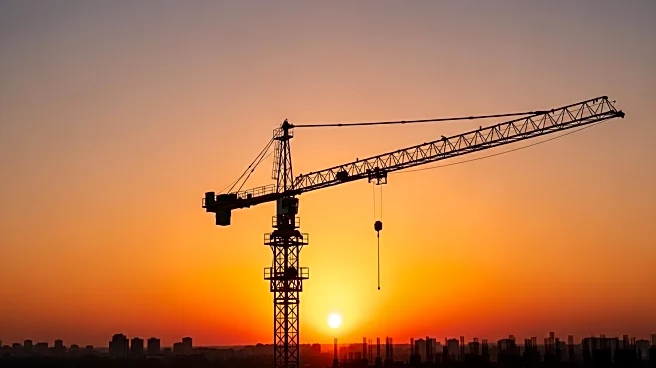What is the story about?
What's Happening?
The city of Los Angeles is experiencing a significant decline in new apartment construction, despite a high demand for rental units. According to real estate data provider CoStar, the number of new apartments under construction has been decreasing each quarter since early last year, reaching a 10-year low. Currently, fewer than 19,000 apartments are under construction, marking a 30% decrease from three years ago. Developers cite the high costs of building and unstable profit margins as major deterrents. Ari Kahan of California Landmark Group noted that his company has not initiated any new development projects in Los Angeles for over two years. The reluctance of major investors, such as pension funds and insurance companies, to invest in the city due to unpredictable regulations further exacerbates the issue.
Why It's Important?
The slowdown in apartment construction in Los Angeles has significant implications for the city's housing market and economy. With a low vacancy rate and high rental prices, the lack of new housing exacerbates the affordability crisis, pushing potential renters to seek housing further from the city center, thereby increasing commute times. The construction industry's reliance on immigrant labor, coupled with federal policies that have increased tariffs on materials and cracked down on undocumented workers, further complicates the situation. This decline in construction not only affects housing availability but also impacts economic growth and employment in the construction sector.
What's Next?
As construction costs remain high and investment in Los Angeles continues to be seen as risky, developers may increasingly look to neighboring areas like Riverside County, which has seen significant growth in apartment completions. This shift could lead to a redistribution of population and economic activity away from Los Angeles. Policymakers may need to address regulatory and economic barriers to encourage investment and development in the city. Additionally, there may be increased pressure on local and state governments to find solutions to the housing affordability crisis.
AI Generated Content
Do you find this article useful?













